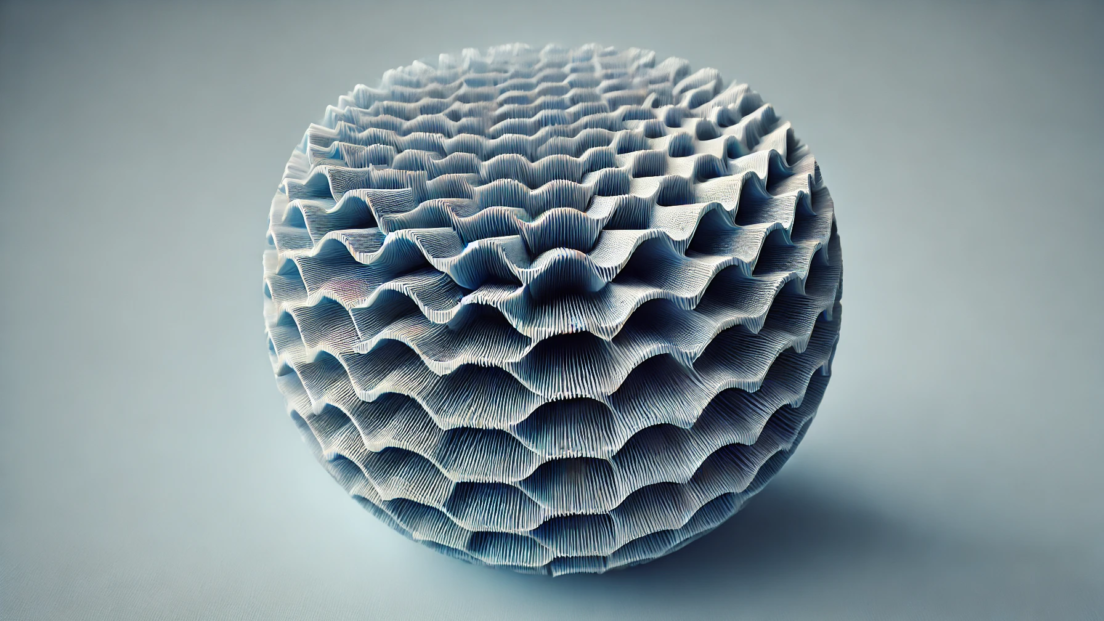New coating material dampens vibrations and noise

Researchers at ETH Zurich have developed a new layered material that is both rigid and load-bearing as well as highly damping. This composite material could be used in many areas, including construction, mechanical engineering and aviation.
Materials researchers at the Swiss Federal Institute of Technology in Zurich(ETH) have developed a layered material that is both rigid and load-bearing, as well as having a high level of vibration and noise damping. Ioanna Tsimouri achieved a feat in her doctoral thesis with Andrei Gusev and Walter Caseri, writes the ETH in a press release. The two properties are actually incompatible.
The composite materials developed by Tsimouri are made up of several layers of glass and silicon plates that are connected by rubber-like polymer layers. Tsimouri initially worked with Gusev to calculate how thick the polymer layers needed to be in order for the layered material to be both rigid and damping. Computer models showed that the glass and silicon layers, which are only tenths of a millimeter thick, must make up at least 99 percent of the volume of the entire layered material. “If the polymer layer is too thin, there are hardly any damping effects,” explains Tsimouri in the press release. “If it is too thick, the material is not stiff enough.”
The layered materials have already proven their mechanical properties in frequency- and temperature-dependent experiments. Production on an industrial scale should also be possible: “If a manufacturer has the appropriate machines, they can also produce the laminate in panels measuring several square meters,” says Caseri. The researchers have therefore applied for a patent for their technology. In their opinion, the material could find a variety of applications in sectors ranging from construction to mechanical engineering, aerospace and sensor technology.